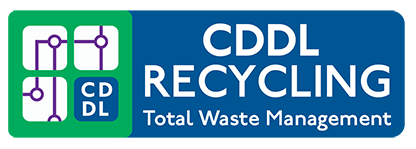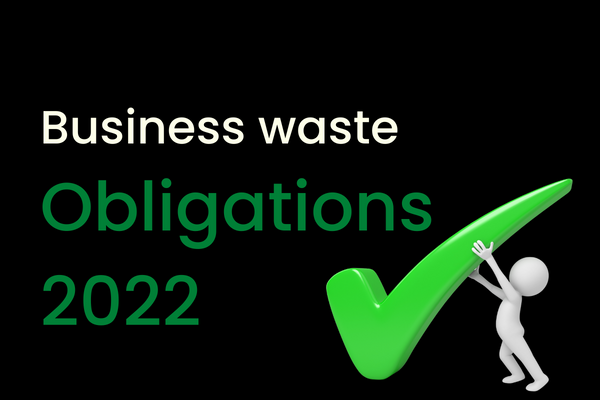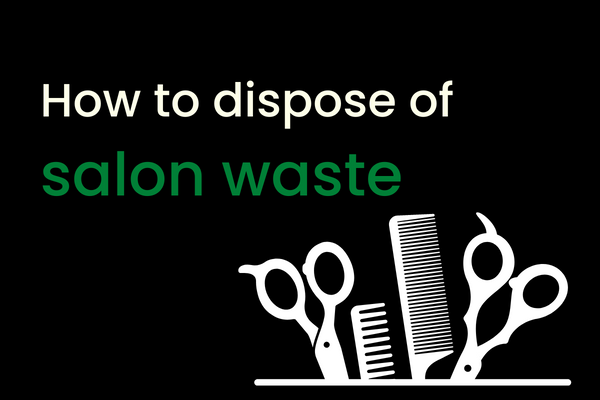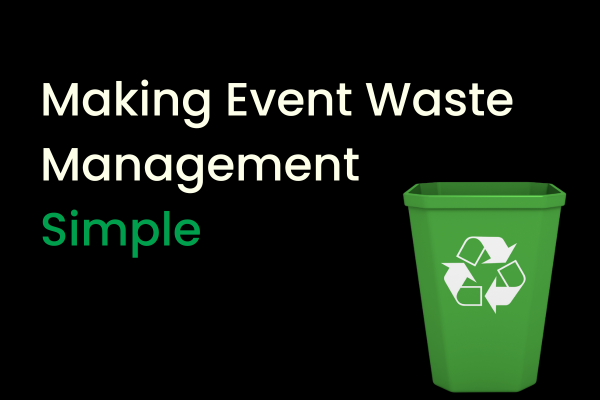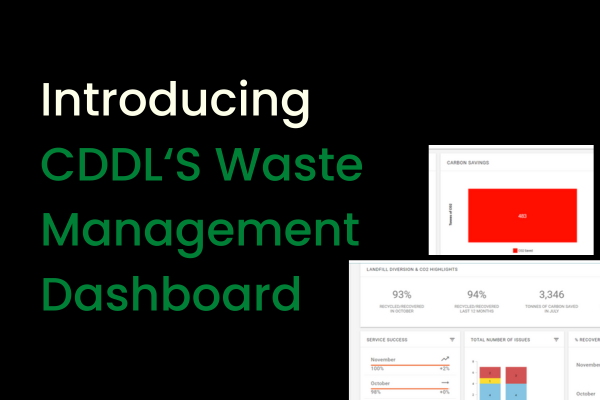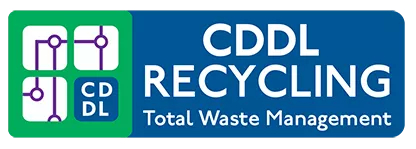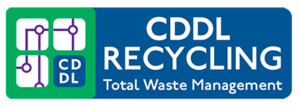Special Care for Silicone Backed Paper Waste
Silicone backed paper, commonly found in labels and adhesive products, presents unique challenges in waste management due to its composition. This material typically consists of paper coated with silicone, this backing means that the recycling process and disposal process can be challenging for businesses.
In this article, we talk about the complexities of silicone backed paper and how we are moving forward to help businesses divert this waste stream from landfill.
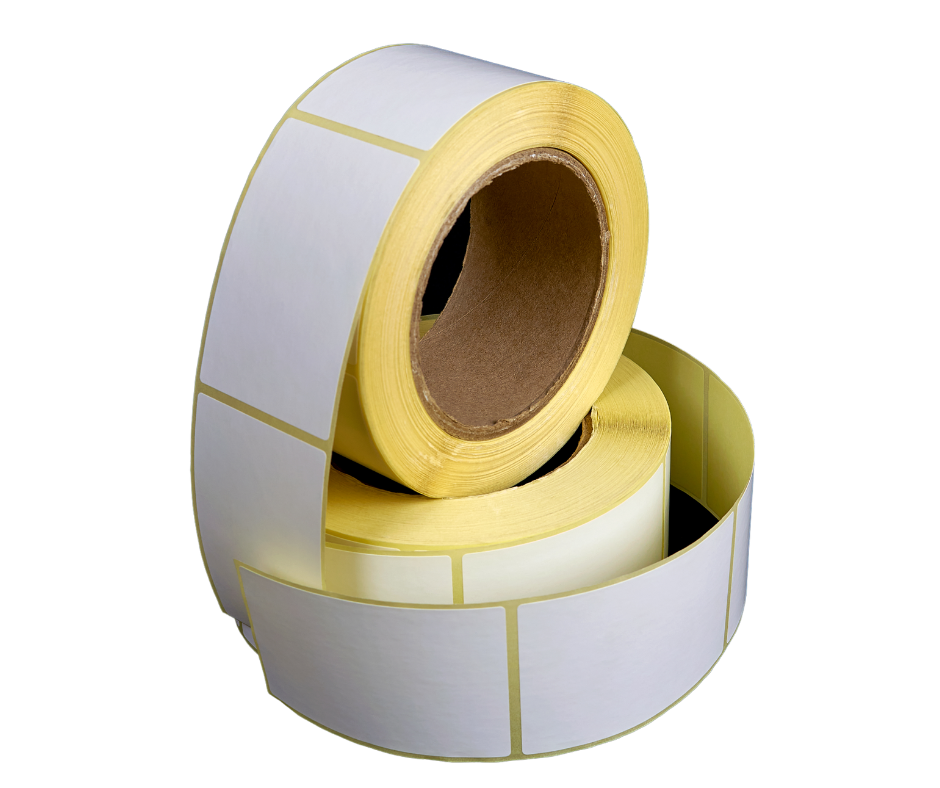
What is Silicone Backed Paper?
Silicone backed paper waste refers to discarded materials like label backing paper, release paper, or wax-coated paper that have silicone coatings on one side. These papers are commonly used in self-adhesive products, labels, and advertising materials.
Why is is complex to dispose of?
This material presents disposal challenges primarily due to its unique composition. The silicone coating, integral for its adhesive properties, creates challenges in standard recycling processes. When mixed with paper in recycling streams, the silicone contaminates the paper, reducing its quality for reuse in manufacturing.
This causes problems with the recycling of silicone-backed paper and often renders it non-recyclable or of low value. Additionally, the silicone’s resistance to decomposition complicates landfill disposal, leading to environmental concerns about long-term effects and necessitating specialised disposal methods to avoid environmental harm.
Why can’t it be disposed of in the normal bin?
Silicone paper should not be disposed of in a general waste bin due to its unique composition and associated challenges. The silicone coating on this paper, designed for adhesion, presents significant hurdles in standard recycling processes.
When mixed with regular paper recycling, the silicone contaminates the entire batch, diminishing the quality of recycled paper and rendering it less usable for manufacturing. Moreover, the resistance of silicone to decomposition complicates landfill disposal, potentially leading to environmental concerns and long-term ecological impacts.
Why should my business recycle silicone backed paper?
Recycling silicone-backed paper presents several compelling reasons for businesses to actively engage in the process:
- Environmental Responsibility: Recycling silicone-backed paper aligns with a commitment to environmental stewardship. By diverting this material from landfills and opting for recycling, businesses reduce their ecological footprint and contribute to preserving natural resources.
- Cost Efficiency: Engaging in recycling initiatives often leads to cost savings in waste disposal. Avoiding landfill charges and potential fines associated with improper disposal can significantly reduce overall waste management expenses for businesses.
- Positive Brand Image: Embracing recycling practices demonstrates corporate social responsibility, enhancing the company’s reputation. Being environmentally conscious can attract eco-friendly consumers, investors, and partners who value sustainability.
- Regulatory Compliance: Many regions have stringent waste disposal regulations. Properly managing silicone-backed paper waste through recycling ensures compliance with local and national environmental regulations, mitigating the risk of penalties or legal issues.
- Resource Conservation: Recycling silicone-backed paper conserves raw materials by allowing the recovered paper to be used in manufacturing new products, reducing the need for virgin materials and supporting a circular economy.
How CDDL can help with Silicone Backed Paper
Silicone backed paper waste demands specific attention due to its recycling complexities. Prioritizing specialized handling ensures reduced environmental impact, minimised disposal costs, and a more sustainable waste management approach.
At CDDL Recycling, we tackle these complexities head-on.
Our approach to recycling silicone backed paper involves innovative methods designed to prevent landfill disposal. Through advanced techniques that separate silicone from paper, we then divert these materials from landfill, promoting a circular economy.
Moreover, our commitment extends beyond silicone-backed paper. We engage in comprehensive recycling initiatives, such as our complete loop recycling of Akyboard plastics.
Our aim is to minimise waste at every opportunity. By choosing CDDL Recycling, you not only address the challenges of silicone-backed paper waste but also contribute to a greener future.
Join us in our mission to make a significant environmental impact through responsible recycling practices.
Enjoyed this article? Check out the rest of our recycling blogs and follow us on facebook for all of our latest news
